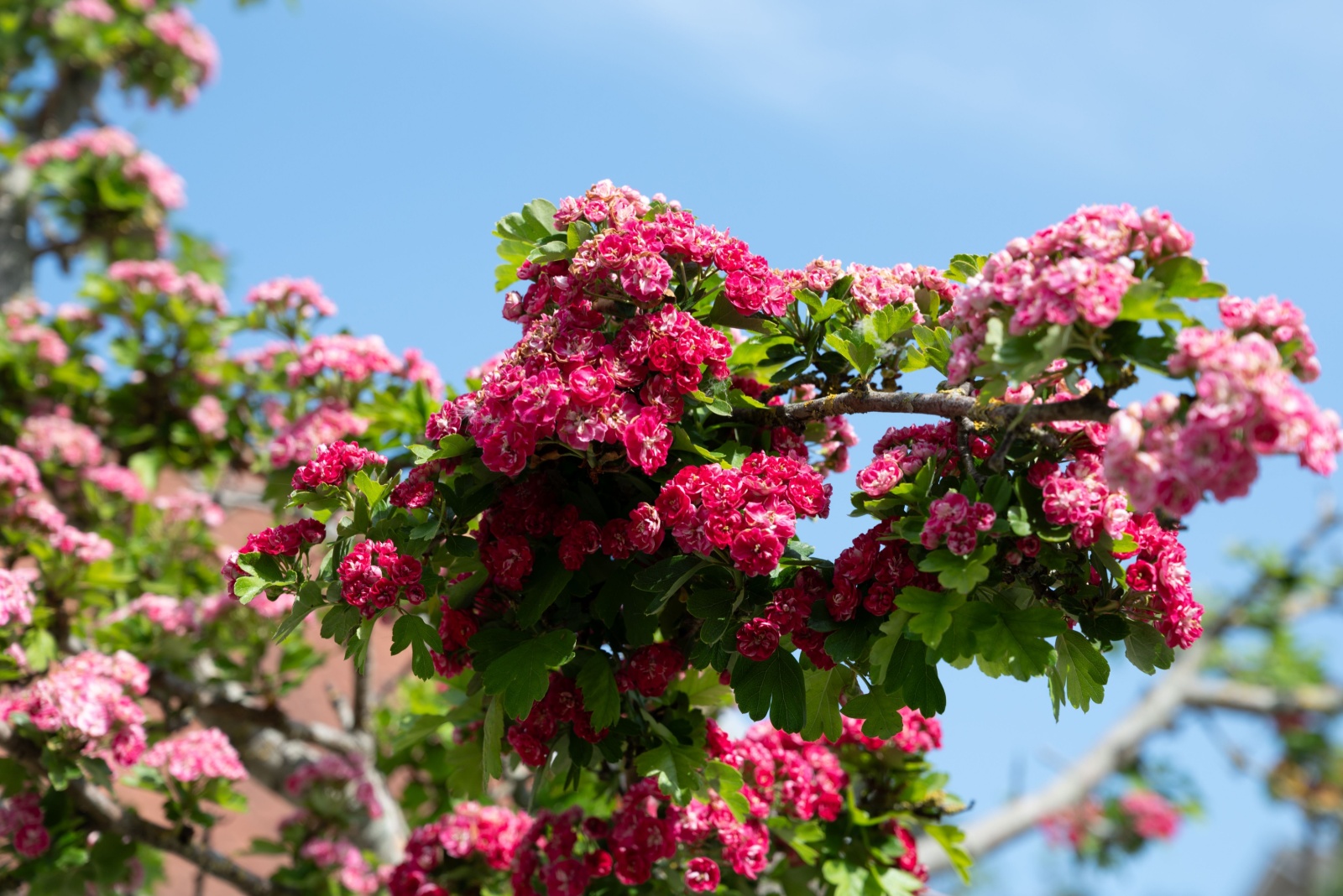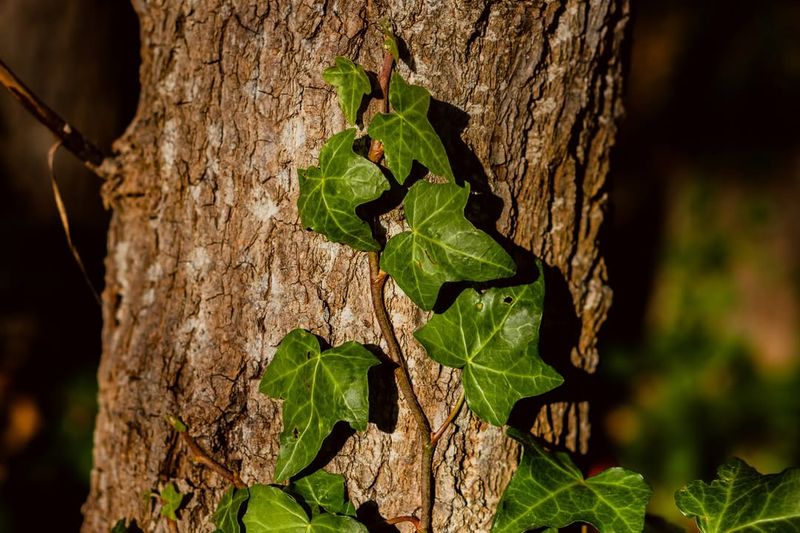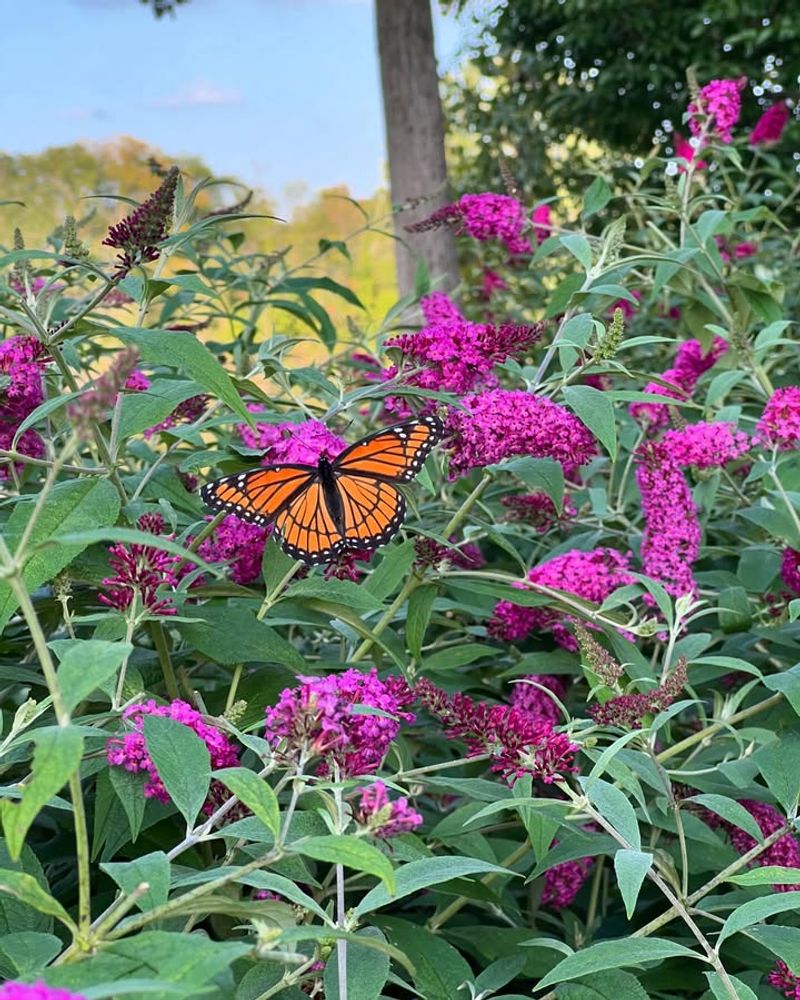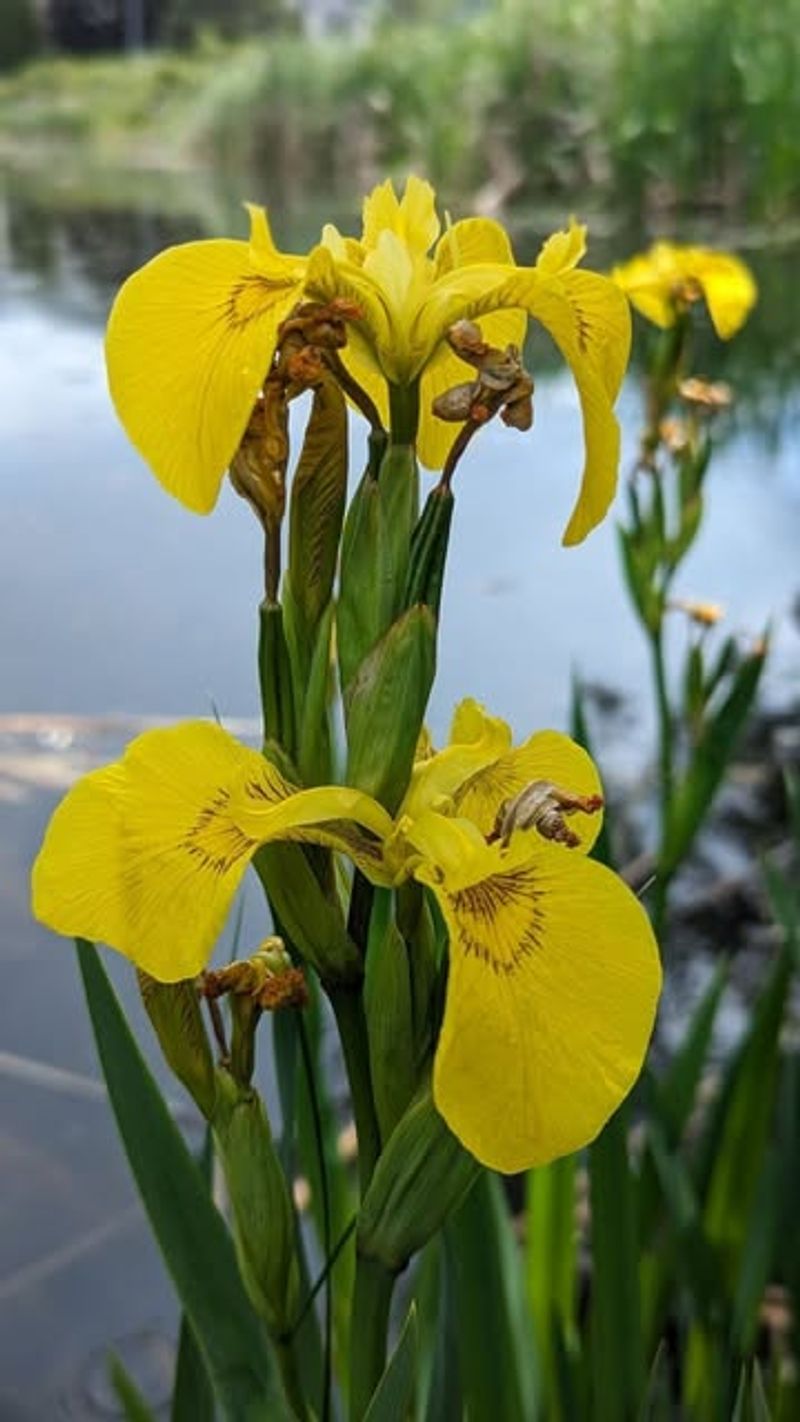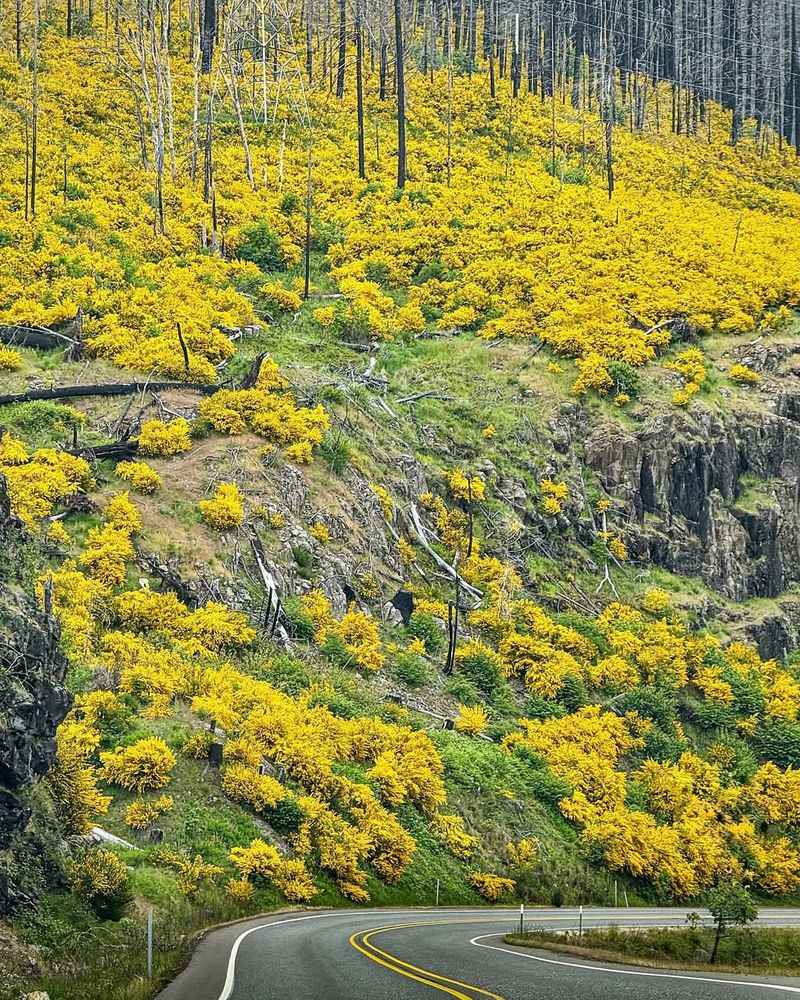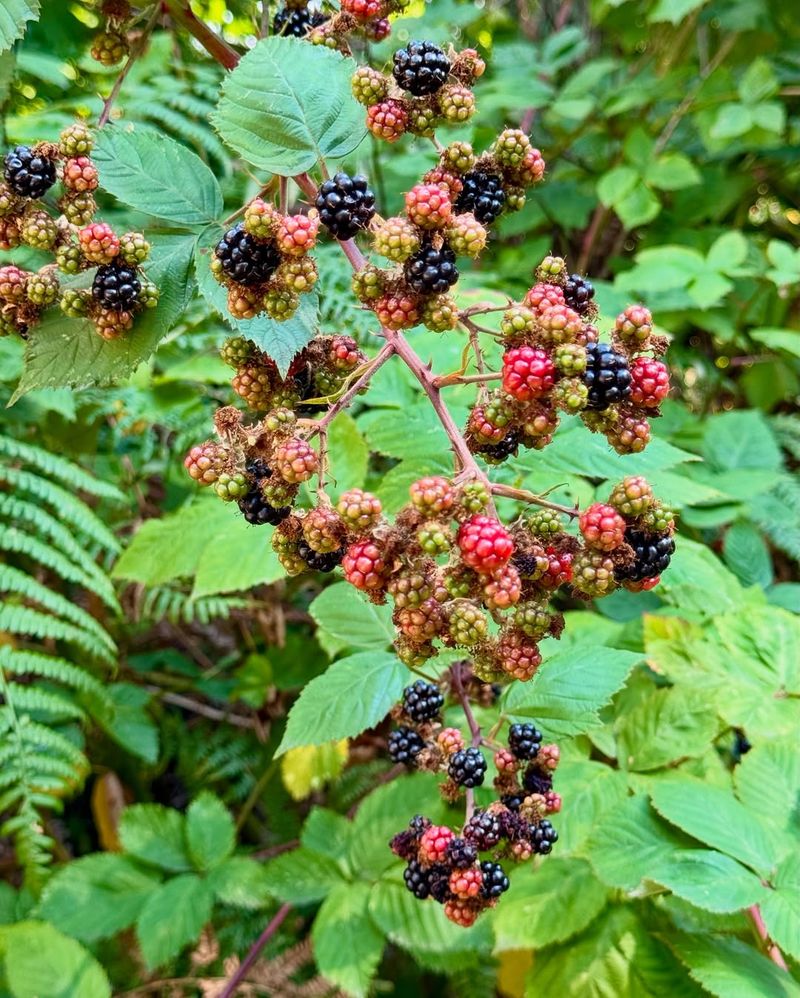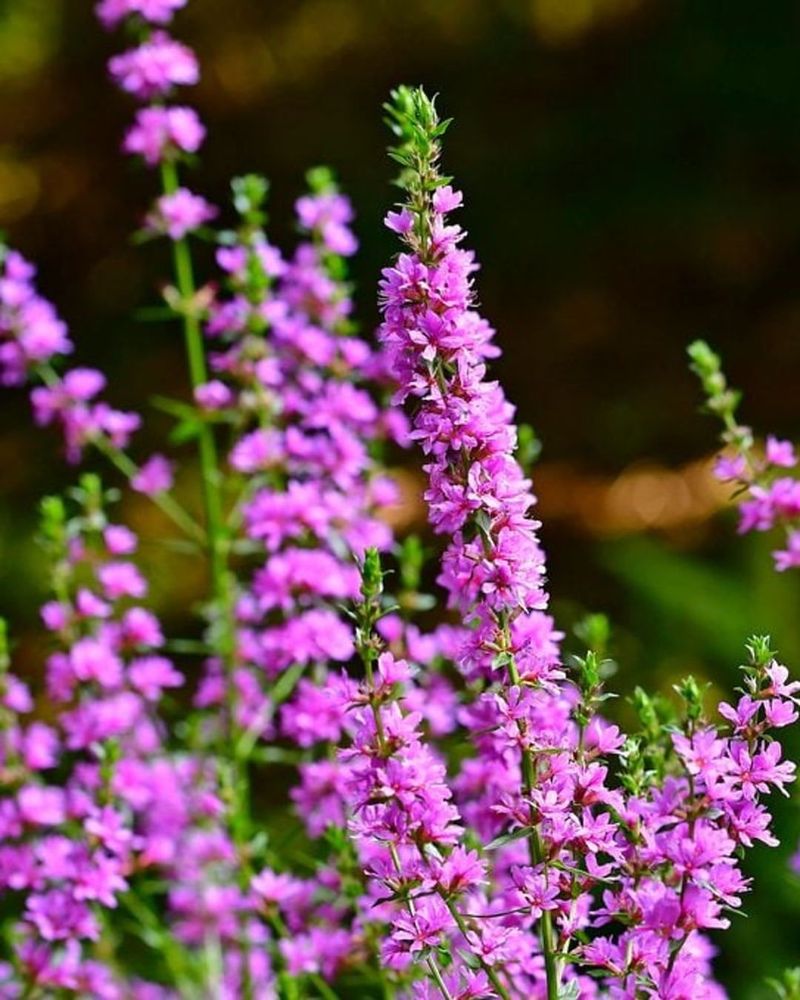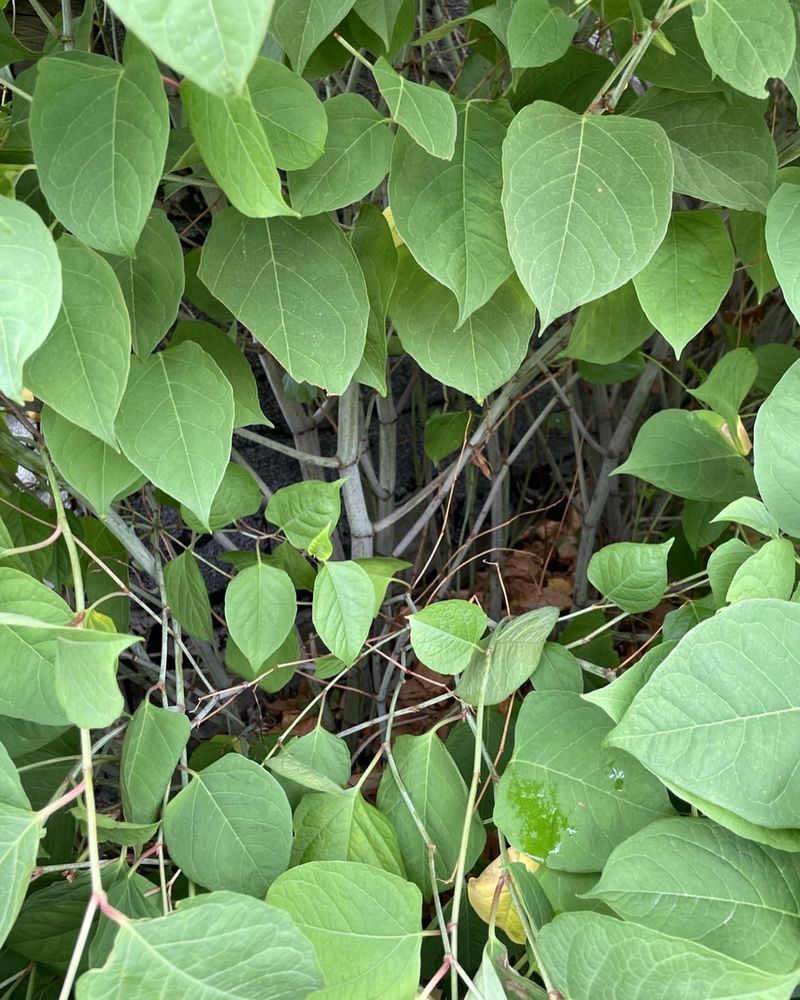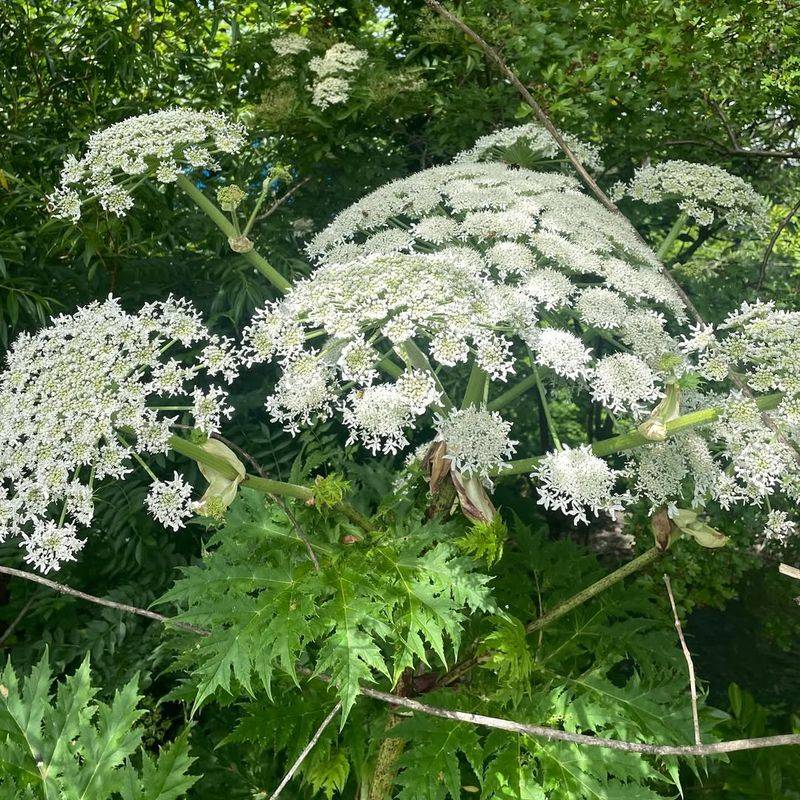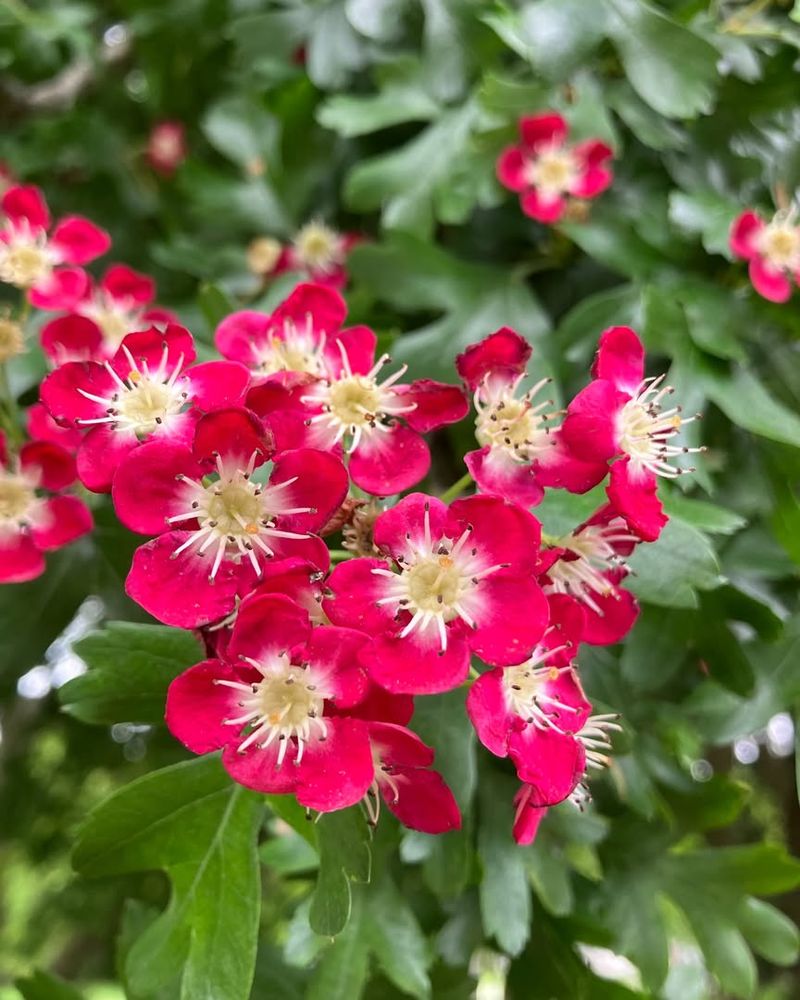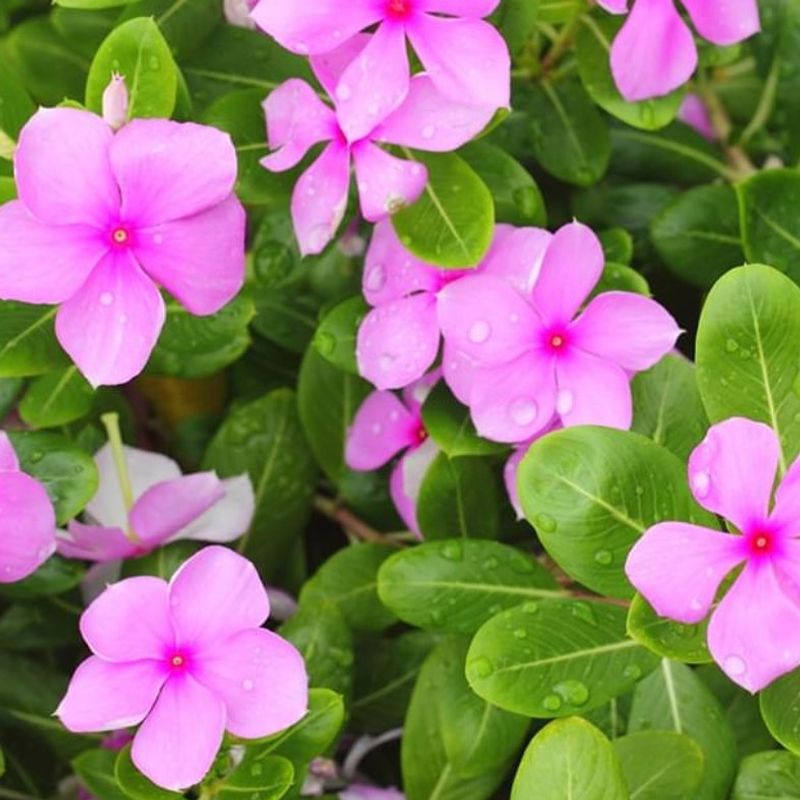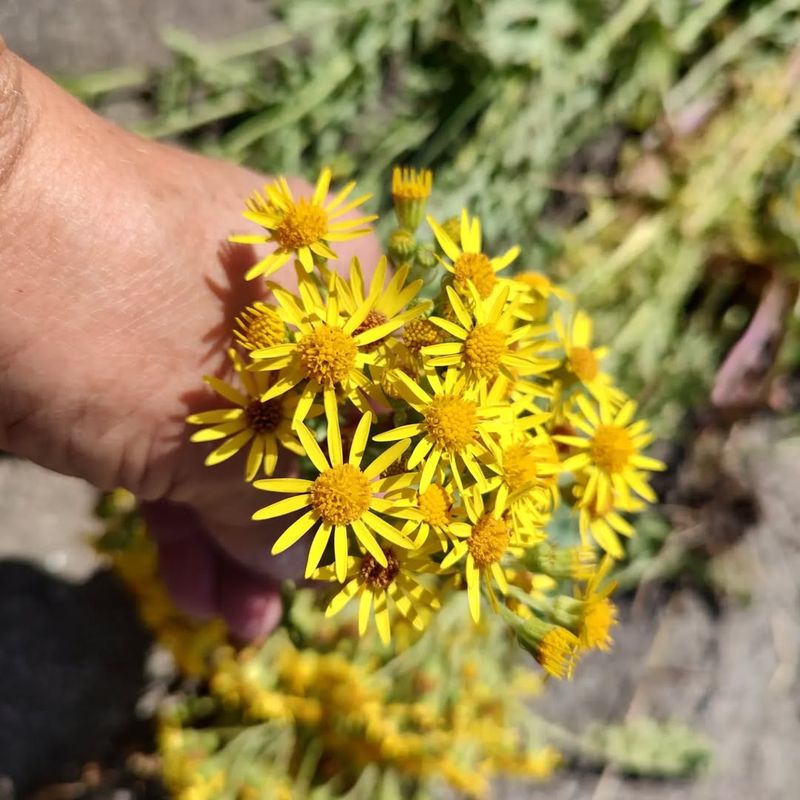Oregon’s natural beauty is legendary, but not every stunning plant belongs in the state’s ecosystem. Some gorgeous flowers and shrubs that gardeners love can actually harm local wildlife and native plants.
Authorities are keeping a close eye on certain species that might face restrictions or outright bans to protect Oregon’s environment from invasive threats.
1. English Ivy
Climbing walls and trees with ease, English ivy might look charming on old buildings, but it’s a nightmare for Oregon’s forests. This aggressive vine smothers native plants by blocking sunlight and adds dangerous weight to tree branches.
Wildlife habitats suffer when ivy takes over because it creates dense mats that few local species can use. Homeowners who planted it decades ago now struggle to remove it from their yards, as the roots dig deep and spread rapidly.
2. Butterfly Bush
With its fragrant purple blooms attracting butterflies by the dozens, this shrub seems like a pollinator’s dream come true. Yet butterfly bush offers little nutritional value compared to native plants that caterpillars actually need to survive.
Seeds scatter far and wide, allowing this plant to invade riverbanks and disturbed areas throughout Oregon. Gardeners love its low-maintenance beauty, but ecologists worry about its aggressive spread into wild spaces where it crowds out beneficial native vegetation.
3. Yellow Flag Iris
Bright golden petals make yellow flag iris a showstopper in water gardens and pond edges across Oregon. Unfortunately, this European import forms thick stands that choke out native wetland plants and reduce habitat quality for amphibians and birds.
Its rhizomes spread aggressively underground, making removal incredibly difficult once established. Water flow can slow dramatically when these irises clog streams and ditches, creating maintenance headaches for landowners while threatening delicate wetland ecosystems statewide.
4. Scotch Broom
Golden flowers blanket Oregon hillsides each spring when Scotch broom blooms, creating postcard-worthy landscapes. Behind that beauty lies a serious problem: this shrub fixes nitrogen in soil, changing conditions so native plants can’t compete effectively.
Fire danger increases wherever broom grows thick because its dry branches ignite easily during summer. Seeds remain viable in soil for decades, making eradication nearly impossible even after years of removal efforts in affected areas.
5. Himalayan Blackberry
Sweet, juicy berries tempt hikers and wildlife alike, but Himalayan blackberry creates impenetrable thickets that destroy native plant communities. Thorny canes grow incredibly fast, reaching heights of fifteen feet and forming barriers that block trails and waterways.
Birds spread seeds far and wide after eating the fruit, helping this plant invade new territories constantly. Removal requires heavy equipment and persistent effort because roots regenerate from tiny fragments left behind in soil.
6. Purple Loosestrife
Magenta flower spikes rising above wetlands create stunning visual displays that photographers adore. However, purple loosestrife produces millions of seeds per plant, allowing it to dominate marshes and crowd out cattails and other native vegetation.
Waterfowl lose valuable food sources when this invader takes over, as native plants provide better nutrition for migrating birds. A single plant can produce over two million seeds annually, making control efforts challenging even with biological agents introduced to combat its spread.
7. Japanese Knotweed
Bamboo-like stems and heart-shaped leaves give Japanese knotweed an exotic appearance that once made it popular in ornamental gardens. Its underground rhizomes can crack concrete foundations and push through asphalt, causing thousands of dollars in property damage.
Stream banks erode rapidly where knotweed replaces native vegetation because its shallow roots don’t stabilize soil effectively. Removal costs skyrocket quickly since even tiny root fragments regenerate into new plants, requiring years of persistent treatment to eliminate completely.
8. Giant Hogweed
Towering up to fourteen feet tall with dinner-plate-sized leaves, giant hogweed looks prehistoric and fascinating. Sap from this plant contains toxic chemicals that cause severe skin burns and blistering when exposed to sunlight, sending people to emergency rooms regularly.
Children are especially vulnerable because they’re drawn to the plant’s impressive size and hollow stems perfect for making pretend telescopes. Oregon officials take reports of this species extremely seriously due to public health dangers combined with its tendency to spread along waterways.
9. English Hawthorn
Delicate spring blossoms and bright red berries make English hawthorn a favorite ornamental tree in Oregon neighborhoods. Birds feast on the berries and deposit seeds throughout natural areas, where saplings quickly establish and outcompete native hawthorn species.
Sharp thorns make removal painful and difficult for volunteers trying to restore native habitats. Hybridization with native hawthorns threatens genetic integrity of local species, potentially creating plants less suitable for native insects and wildlife that depend on them.
10. Periwinkle
Cheerful blue-purple flowers peek through glossy evergreen leaves, making periwinkle a go-to ground cover for shady spots. Gardeners appreciate how it stays green year-round and requires minimal care once established in flower beds.
Forest floors suffer when periwinkle escapes cultivation because it forms dense mats that prevent native wildflowers from germinating. Stems root wherever they touch soil, allowing rapid expansion from yards into adjacent natural areas where biodiversity declines significantly under its thick carpet of foliage.
11. Tansy Ragwort
Bright yellow button flowers resembling miniature daisies dot Oregon pastures and roadsides each summer. Ranchers despise tansy ragwort because it contains alkaloids that cause irreversible liver damage in horses and cattle, even after plants are dried in hay.
A single plant produces up to 150,000 seeds that remain viable for years, ensuring populations explode quickly in disturbed soils. Biological control using cinnabar moths helps reduce numbers, but complete eradication remains elusive due to the plant’s prolific seed production and persistence.

